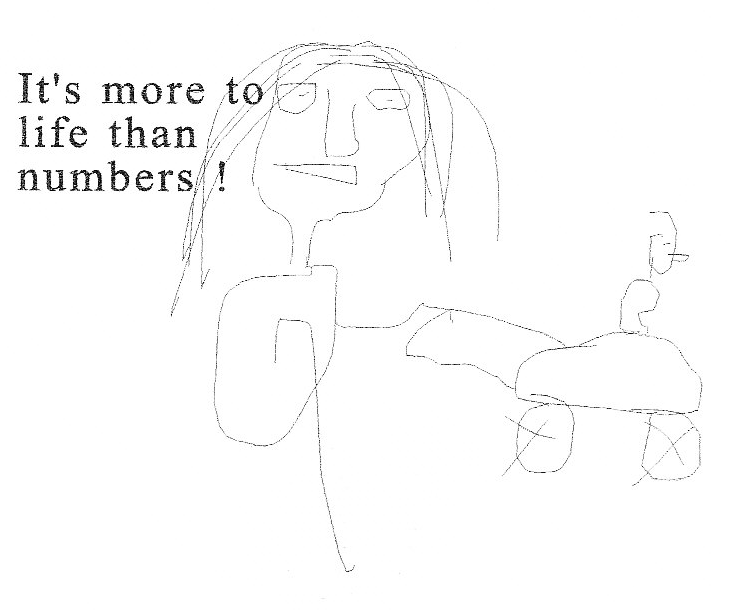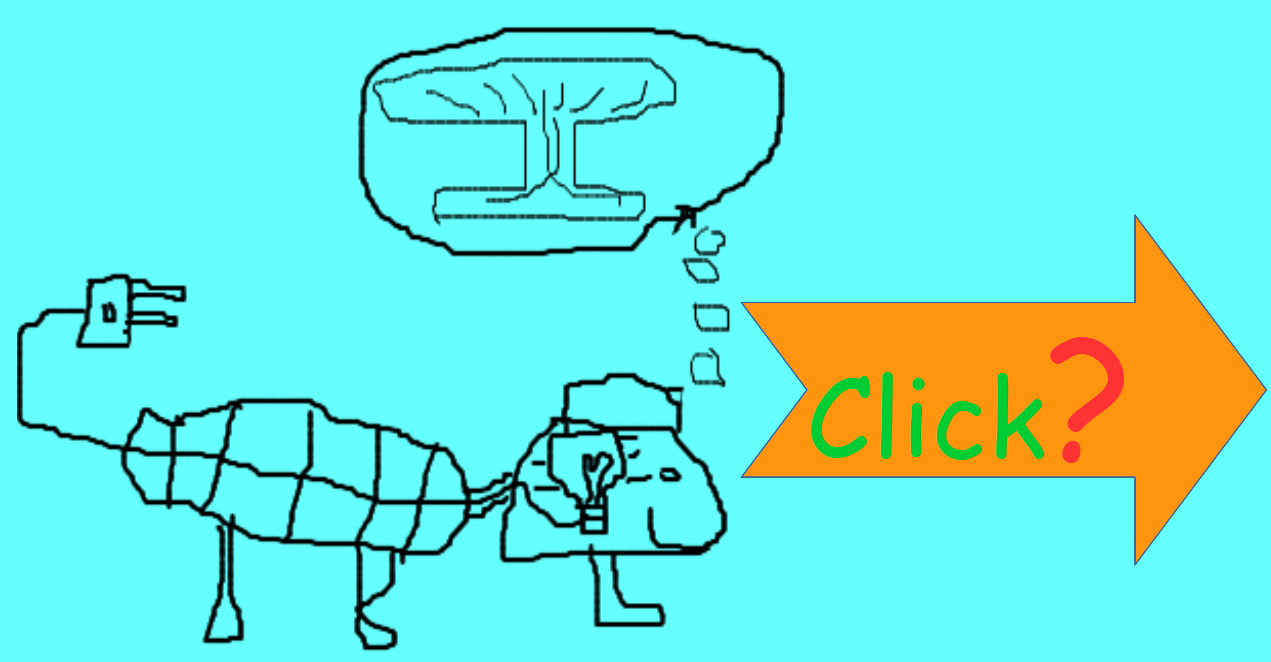page2017 Rings Matthias Lorentzen...mattegrisenforlag.com
Look at the picture beneath, then
scroll down to the question and click the correct Answer button.


Exercises: Ideals , Extensions & Vector Spaces
Exercise
Let us start with an exercise that bridges the concepts of ideals , simple extension fields,
and introduces vector spaces.
Exercise:Exploring a field E as a Vector Space.
Let F = `QQ` be the field of rational numbers. Consider the polynomial
`p(x) = x^2 - 2` `in QQ[x]`.
1. Show that the ideal `I = langle p(x) rangle` generated by p(x) in `QQ[x]` is a maximal ideal.
2. Deduce that the quotient ring `K = QQ[x]"/" I` is a field. This is a simple extension field of `QQ`.
3. Demonstrate that K is a vector space over `QQ`.
4. Find a basis for K as a vector space over `QQ` and determine its dimension.
Detailed Solution (including explanation of Vector Space theory used):
Before we dive into the solution , let us briefly revisit the definition of a Vector Space.
Introduction to Vector Spaces:
A vector space (or linear space) V over a field F is a set V equipped with
two operations:
1. Vector Addition: For any u , v `bb in V` , there is a unique element `bb {u + v in V}`.
2. Scalar Multiplication: For any c `in F` and u `bb {in V}` , there is a unique element
`c bb {u in V}`.
Continuing:
Solution:
Let us adress each part of the exercise:
1. Show that the ideal `I = langle p(x) rangle` generated by p(x) in `QQ[x]` is a maximal ideal.QED
2. Deduce that the quotient ring `bb {K = QQ[x]"/"I}` is a field.
QED
Formally , there is an isomorphism `phi`:
`phi: QQ[x]"/"langle x^2 - 2 rangle to QQ(sqrt 2)` defined by
`bb {phi((ax + b) + I ) = a sqrt 2 + b}`.
Let us quickly check this:
Well defined:
If (ax + b) + I = (cx + d) + I , then (a - c)x + (b - d) `in I`. Since deg ((a - c)x + (b - d)) < 2 ,
this means (a - c)x + (b - d) must be the zero polynomial , so a = c and b = d.
Thus , `a sqrt 2 + b = c sqrt 2 + d` and the map is well defined.
Homomorphism:
Addition: `phi(((a_1 x + b) + I) + ((a_2 x + b_2) + I)) = phi(((a_1 + a_2)x +(b_1 + b_2))
+ I) = `
`(a_1 + a_2) sqrt 2 + (b_1 + b_2)`.
`phi((a_1 x + b_1) + I) + phi((a_2 x + b_2) + I) = (a_1 sqrt 2 + b_1) + (a_2 sqrt 2 + b_2)
= (a_1 + a_2) sqrt 2 + b_1 + b_2`. These are equal.
Multiplication: This is where `x^2 = 2` comes in handy. Let us consider
`phi(((a_1 x + b_1) + I) * ((a_2 x + b_2) + I))`. First the product in K:
`((a_1 x + b_1)(a_2 x + b_2)) + I = (a_1 a_2 x^2 + a_1 b_2 x + a_2 b_1 x + b_1 b_2) + I =`
`(a_1 a_2 x^2 + (a_1 b_2 + a_2 b_1) x + b_1 b_2) + I`. Since `x^2 = 2` (mod I) , we substitute `x^2`
with 2:
`(2a_1 a_2 + (a_1 b_2 + a_2 b_1)x + b_1 b_2) + I = ((a_1 b_2 + a_2 b_1)x + 2a_1 a_2 + b_1 b_2)
+ I`. Now apply `phi`:
`phi(((a_1 b_2 + a_2 b_1)x + (2a_1 a_2 + b_1 b_2)) + I) = bb{(a_1 b_2 + a_2 b_1) sqrt 2 +
(2a_1 a_2 + b_1 b_2)}`.
Now consider the product of the images:
`phi((a_1 x + b_1) + I) * phi((a_2 x + b_2 ) + I) =`
`(a_1 sqrt 2 + b_1)(a_2 sqrt 2 + b_2) =
a_1 a_2 (sqrt 2)^2 + a_1 b_2 sqrt 2 + a_2 b_1 sqrt 2 + b_1 b_2 = 2 a_1 a_2 + (a_1 b_2 + a_2 b_1
sqrt 2) + b_1 b_2 =`
`bb{(a_1 b_2 + a_2 b_1)sqrt 2 + (2 a_1 a_2 + b_1 b_2)`. As we can see, the
images are equal.
Question
In the context of the quotient ring `K = QQ[x]"/"langle x^2 - 2 rangle ` , which of the following
statements correctly describes its elements and their relations to the field extension `QQ(sqrt 2)`:
A) The elements of K are cosets that can all be uniquely represented as ax + b , where
`a , b in QQ` and the element x + I acts as the number `sqrt 2`.
B) The elements of K are all polynomials that are multiples of `x^2 - 2` , and the quotient
ring is isomorphic to the set of rational numbers
?
